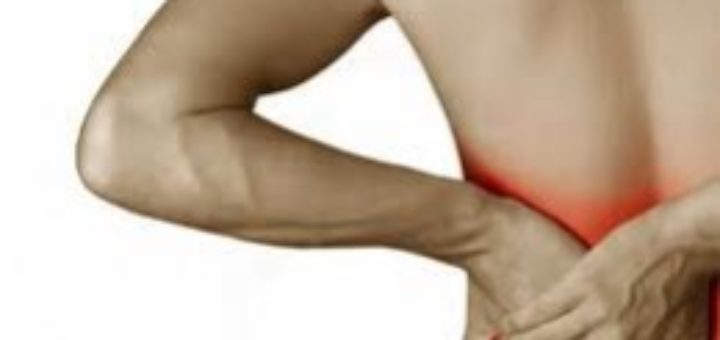 “Pain is a perceptive, unpleasant, multidimensional, sensory, emotional phenomenon that signals the possibility of physical harm. (Executioner)
“Pain is a perceptive, unpleasant, multidimensional, sensory, emotional phenomenon that signals the possibility of physical harm. (Executioner)
After 3 to 6 months of progression, a pain passes from the state of acute symptom to the state of chronic symptom.
We distinguish 3 components in a painful phenomenon:
– The nociceptive component :
The pain responds to aggression by excess stimulation of the peripheral receptors. It is caused by trauma, infections, chemical or inflammatory attacks. Tissue injury results in the release of several groups of mediators such as bradykinin, histamine, serotonin, prostaglandins that play a role in the activation threshold of nociceptive receptors
– The neurogenic component :
It responds to the partial or total involvement of the peripheral or central nervous system. It is a pain by deafferentation which evokes a marrow attack, the first control of the pain
– The psychogenic component :
Neuropsychic dysfunction can occur in two forms:
Pain resulting from a dysfunction of the sensory perception of the body associated with a personality disorder (hysteria, hypochondria, depression);
• functional pain added to nociceptive or neuropathic pain.
The defenses of the body
The pain message is modulated by several systems: the sympathetic system, the sensory neurological pathways, and the immune system. At the central level, the pain message is subject to the influence of spinal control that attempts to inhibit the release of the medullary neuromediator of pain and supra-spinal control which ensures downward blockage at all stages of the posterior horn. the marrow of the rise of the painful signal. Finally, we must not forget the intervention of the psyche that can oppose a feeling too painful.
CLINIC:
Assessment of pain:
– Examination: reconstructs the history of the pain.
– Clinical examination: determines the intensity of the pain, its seat, its irradiation, its type, its repercussion. The effects of palpation and active and passive movements on pain.
– Evaluation : The goals of assessing a pain are twofold:
• quantitative to appreciate the importance and the severity of the phenomenon;
• qualitative to appreciate the respective contribution of each component.
The use of scales has made it possible to evaluate the intensity of the pain:
– Verbal scale:
• I have a lot more pain.
• I have more pain.
• I’m in pain too.
• I have less pain.
• I have a lot less pain.
– Analog Visual Scale (EVA):
It is a horizontal (or vertical) line of 10 cm with at both ends a qualitative mark (no pain and maximum pain). On the back, this rule is graduated in millimeters which makes it possible to quantify the degree of pain of the patient. The patient, to evaluate, uses the qualitative side and the doctor interprets with the side measured by the cursor. Pain greater than 3 requires a reassessment of the analgesic treatment.
TREATMENT:
Therapeutic attitude:
It answers a few principles:
– choose an analgesic corresponding to the mechanism and the intensity of the pain;
– administer the analgesic with a sufficient dosage and fixed schedules;
– adapt the administration route according to the patient’s condition;
– respect contraindications to avoid adverse effects;
– explain the treatment to the patient, or even to the family;
– do not forget to treat the cause if it is possible.
Drugs:
– Analgesics, antipyretics whose leader is paracetamol used at 1 g 4/24 hours.
Its action is mainly central. It inhibits the activity of the cerebral cyclooxygenase necessary for the synthesis of prostaglandins.
– Analgesics, antipyretics and NSAIDs such as aspirin, ibuprofen, ketoprofen and corticosteroids.
– weak morphine analgesics like Diantalvic, Propofan. All products combining paracetamol + codeine Tramadol.
– Strong morphine analgesics that have little place in this type of pain except exceptional cases of rheumatic diseases particularly painful and resistant to other analgesics.
– Antidepressants like IRS and tricyclics.
– Antiepileptic drugs very active on deafferentation pain or neuropathic pain.

Leave a Reply